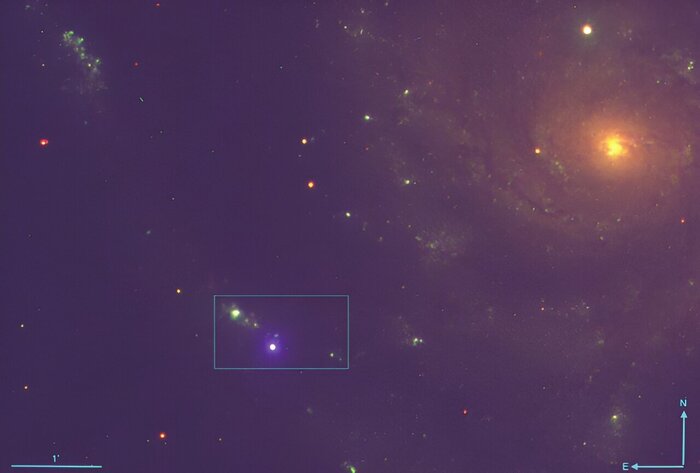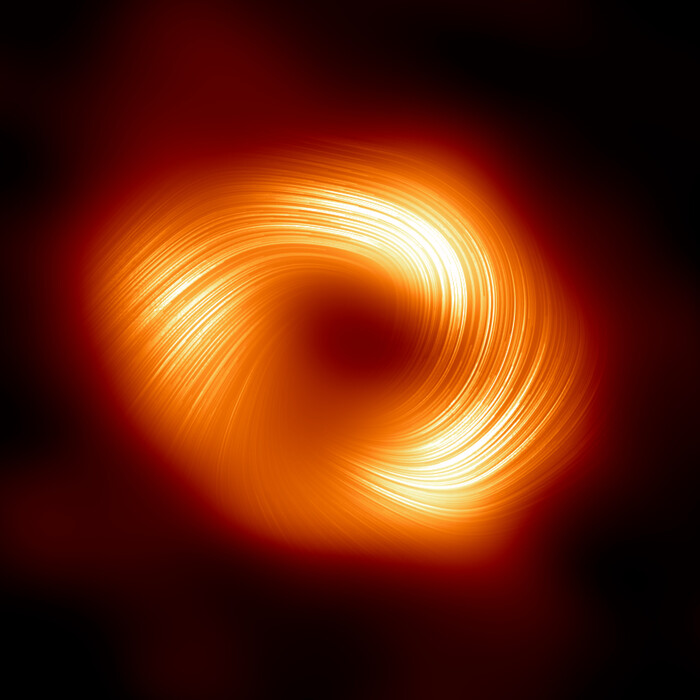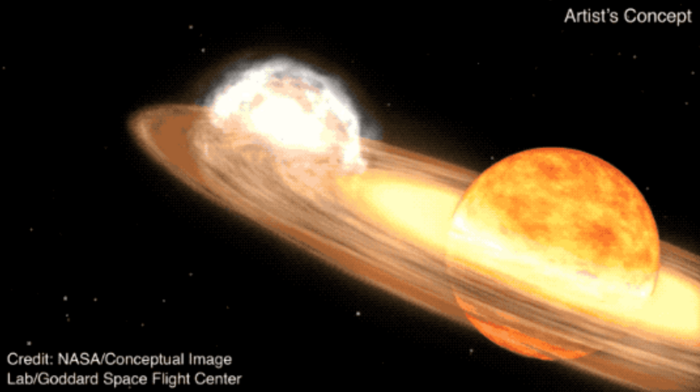- Click to share on Facebook (Opens in a new window)
- Click to share on Twitter (Opens in a new window)
- Click here to share on LinkedIn (Opens in a new window)
- Click to email a friend (Opens in a new window)
(CNN) - Astronomers used a telescope to observe in great detail the heart of our galaxy, the Milky Way, and found a surprising story.
The Very Large Telescope of the European Southern Observatory detected evidence indicating that more than one hundred thousand supernova explosions were caused by a giant burst of star formation.
- READ: The Milky Way swallowed another galaxy billions of years ago, according to a study
The findings were published Monday in the journal Nature Astronomy.
Previously, astronomers believed that star formation was continuous in the central region throughout the history of the galaxy.
But now, new telescope data revealed that during the early years of the galaxy, 80% of its stars formed in the central region. This period lasted between 8 and 13.5 billion years since the beginning of the galaxy. Then, 6,000 million years passed with a significant fall in the birth of stars.
But a billion years ago, the star drought ended when the formation increased again. A phase that lasted 100 million years.
- LOOK: That's how the stars are born in the Milky Way
"The conditions in the region studied during this burst of activity should resemble those of the 'starburst galaxies', which form stars at rates of more than 100 solar masses per year," said Francisco Nogueras-Lara, author of the study in the Max Planck Institute for Astronomy in Heidelberg, Germany. "This explosion of activity, which must have resulted in the outbreak of more than 100,000 supernovae, was probably one of the most energetic events in the entire history of the Milky Way," he added.
Currently, the entire galaxy forms stars at an approximate rate of one or two solar masses the size of our Sun per year.
The observations were possible because the telescope instruments are sensitive to infrared light and can see the galactic center through the mist of dust that normally hides it from view.
- READ: Our galaxy is destined for a catastrophic collision, according to a study
"Our unprecedented measurement of a large part of the galactic center has provided us with detailed information about the star formation process in this region of the Milky Way," said Rainer Schödel, head of study observation at the Institute of Astrophysics of Andalusia in Granada, Spain
StarsExplosionsMilky Way







